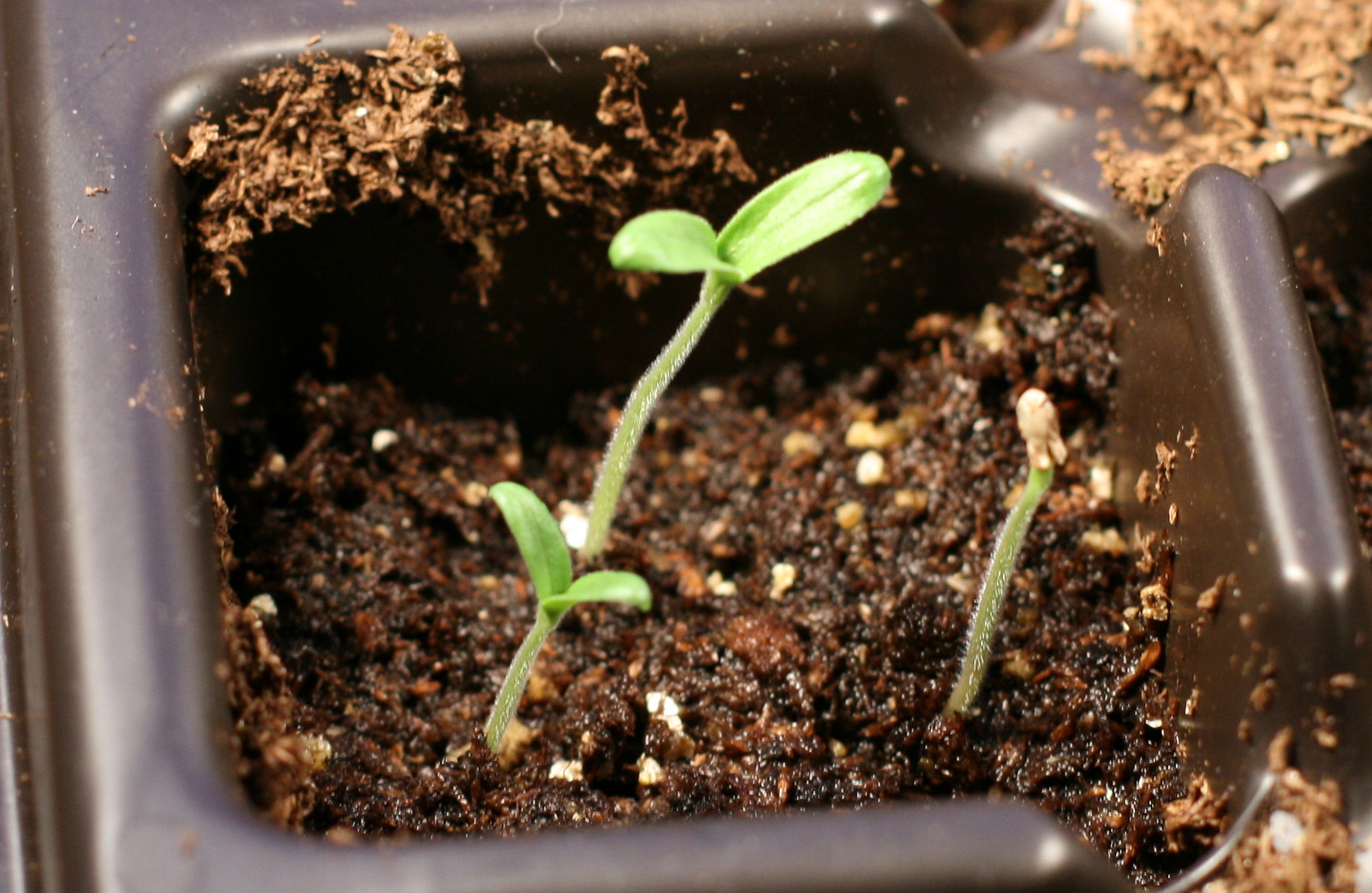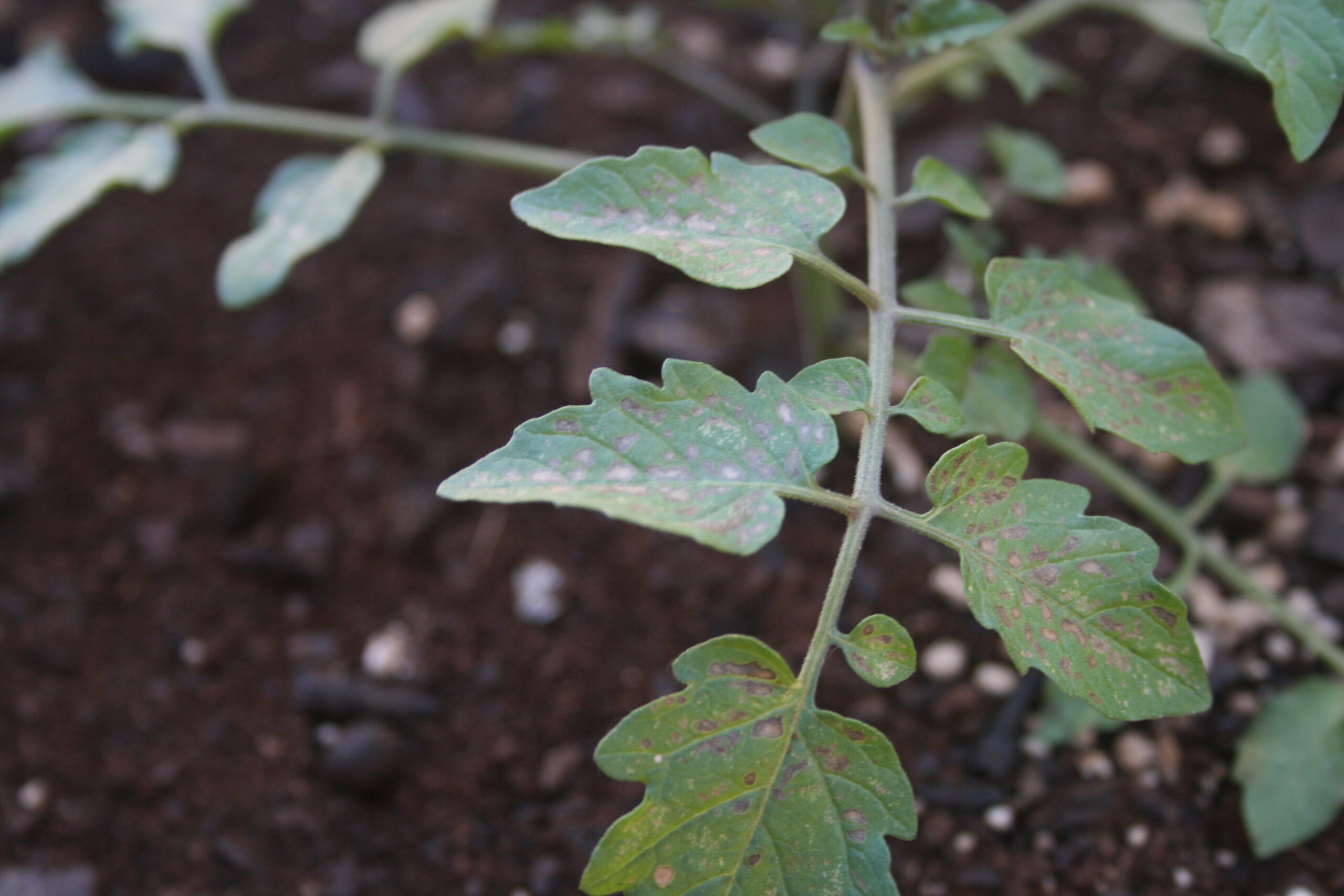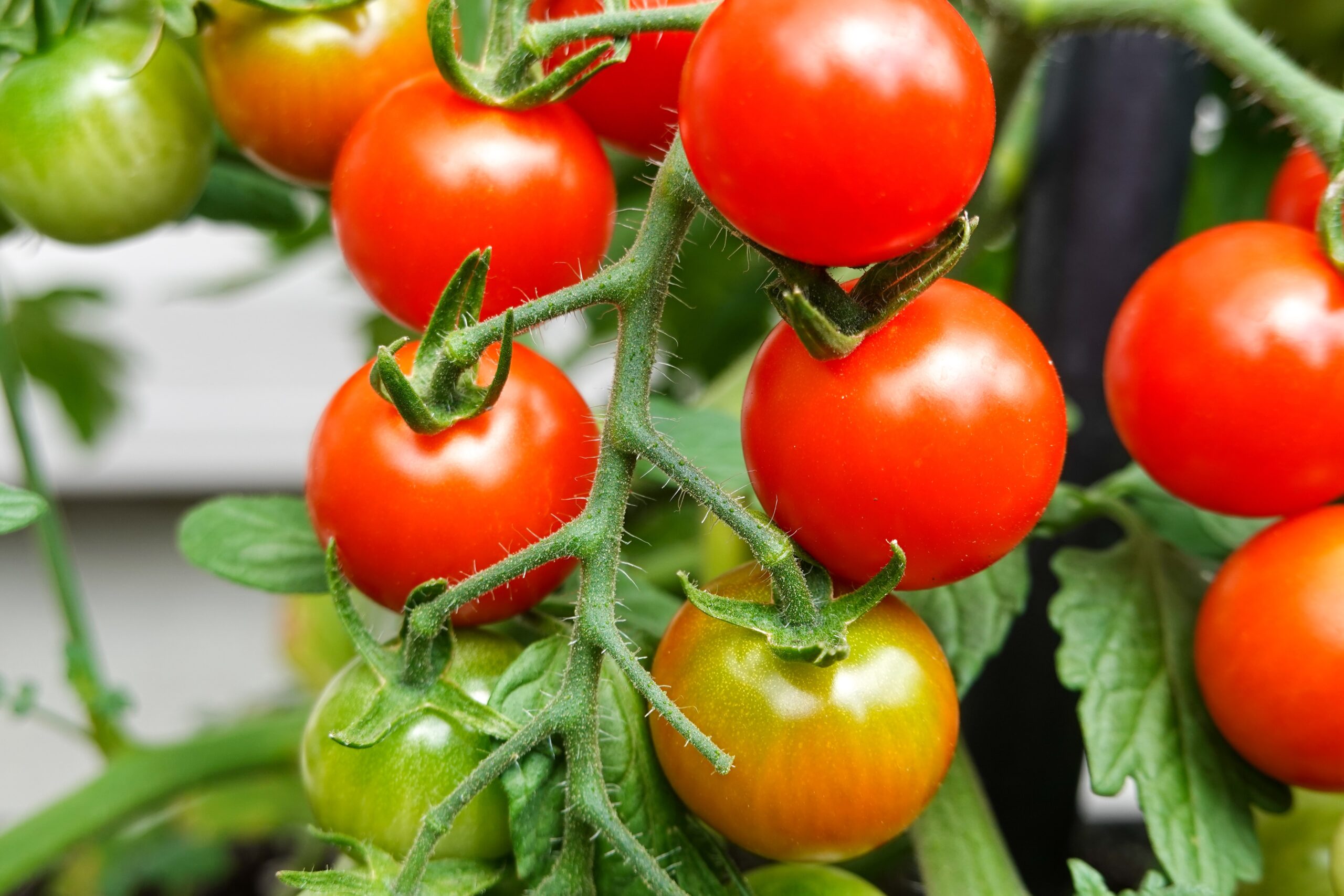Everybody knows tomatoes. Tomatoes are normally big, round, edible, pulpy berries that are often red in colour but may also be yellow, orange, green, or purple.
Tomatoes can vary in size and shape depending on the specific species. They can be eaten raw in salads, or cooked as a vegetable in a range of various preparations and techniques, depending on the variety.
Background
Tomatoes are specifically native to South America’s regions of Peru and Ecuador, where the plant is speculated to have most likely descended from a cherry type named Lycopersicon esculentum var. cerasiforme. The first cultivation and ultimate domestication is thought to have happened in the indigenous early Indian civilisation who established themselves in Mexico. The Spanish explorers were the first to introduce tomatoes to Spain, and later to other countries such as Morocco, Turkey, and Italy.

Tomatoes come in different colours, shapes, and sizes.
Climatic and soil requirements
The tomato is a warmseason crop that is very sensitive to temperature fluctuations and, above all, frost. An average daily mean temperature of 20 degrees Celsius to 24 degrees Celsius is ideal for optimal growth, fruit quality, and quantity. When the temperatures are below 12 degrees Celsius or above 35 degrees Celsius, the quality and fruitset of the products will be poor or very low. Weather conditions that are consistently moist, humid, and rainy will result in the occurrence and spread of foliar diseases and subsequent flower drop that can be observed when there are excessively hot and dry winds.
As a result, it is highly recommended that tomatoes be grown in relatively dry environments with controlled irrigation to supply water when the plants need it the most. When tomatoes are grown in a healthy environment, they will produce excellent results in well-managed sandy loam soil and heavy clay loam soil, free of weeds, invasive species, and hardpan (hardened and impervious layer of topsoil). The best results, on the other hand, are obtained in deep loam soil with excellent drainage. Organic matter and essential plant nutrients should be abundant in the soil with pH values ranging from 6 to 7.
Uses
Tomatoes can be prepared in a number of different ways. A ripe tomato can be used and consumed in two different ways, namely raw or processed. When tomatoes are processed, they can be made into a purée, paste, powder, ketchup (tomato sauce), sauce, soup, or canned in its whole form. The tomatoes that aren’t ripe after being picked are usually pickled or used in jams or jelly preservatives. Tomato extract has long been used to treat a variety of ailments with traditional medicine in Japan, Greece, Peru, and Guatemala.
Dried fruit extract made with hot water has been utilised in the treatment of ulcers, wounds, haemorrhoids, and burns, while a tomato poultice has been applied to alleviate the symptoms of oedema (swelling of the ankles or feet) during pregnancy. Appetisers made from fresh fruit are believed to help with digestion, as well as the treatment of kidney and liver problems.

Seedlings being germinated.
Soil preparation
The optimal conditions are well-prepared, loosened, well-tilled soil.
Planting
Seedlings are grown in seedbeds before being transplanted into the field. When hybrid seed is used, transplanting is the best option for early plantings intended for human consumption and fresh produce markets. If the situation calls for mechanical harvesting or processing of the crops, direct seeding is usually done. The seeds are usually scattered across the beds and allowed to germinate under a thin layer of soil. Seedlings are usually ready to be transplanted 3 to 4 weeks after sowing. It is highly recommended that plants
be transplanted at this stage into moist soil. The seedbeds should be irrigated properly following the sowing of the seeds, and it should be watered on a regular basis until the seedlings reach a height of 5 to 7 centimetres. Seedlings should be planted 40 to 50 centimetres apart in rows 120 to 180 centimetres apart.
Fertilisation
Tomatoes have high nitrogen requirements for the promotion of greater growth and development of flowers and fruits. A minimum application rate of 250 kg/ha is recommended in high-rainfall areas or for increased production. Approximately one-quarter of the nitrogen is applied at planting, with the remainder applied in the first 6 to 8 weeks of growth, with two to three week intervals.
Irrigation
The importance of irrigation in tomato production cannot be overstated. Fruit cracking occurs as a result of excessive irrigation following a prolonged dry spell without prior light irrigation. Plants that are irrigated late in the season produce watery fruit of low nutritional value and very low quality. Sprinkler irrigation is most often used for commercial crops. Drip and flood irrigation systems are not widely used.

Weed control
Weed control is always recommended because weeds can serve as a breeding ground for pests and diseases in your tomato field. Handhoeing can be used to keep weeds under control without damaging the root systems of your crops. Registered herbicides can be used for chemical weed control.
Pest and disease control
The tomato plant can be affected by the following pests:
- nematodes
- rust mites
- red spider mite
- American bollworm
- American leaf miner
- aphids (the green peach aphid)
- cutworms
- thrips
- erinose mite
The tomato plant can be affected by the following frequent diseases:
- early blight
- late blight
- grey mould
- leaf mould
- powdery mildew
- fruit rot
- soft rot
- bacterial canker
- bacterial spot
- bacterial speck
- bacterial wilt
- fusarium wilt
- anthracnose
- septorial leaf spot
- mosaic
- spotted wilt

Foliar disease on a tomato plant.
Pests and diseases should be properly controlled, and in most cases, it is advised to preferentially plant antigen resistant cultivars. Another essential tip for tomato farming is to use proper sanitation practices throughout. Practising good crop rotation on fields is also advised. The proper integration of pest and disease management is crucial and highly advisable for successful tomato production. Tomatoes that do not meet the standards or that are infected should be buried or burned.
The information provided in this article is credited to the South African Department of Agriculture, Forestry and Fisheries. For more information, visit their website at www.daff.gov.za, contact them on +27(0)12-319-6072 or send an e-mail to DPP@nda.agric.za.









